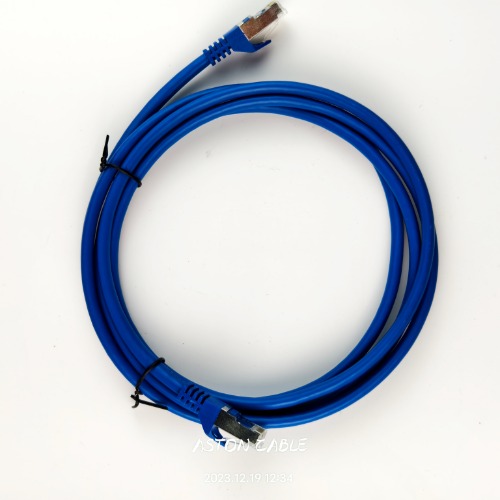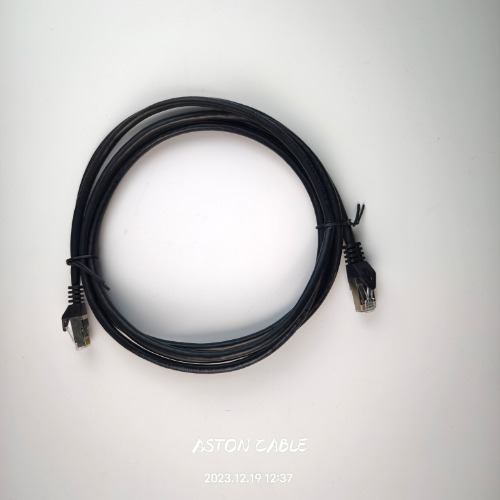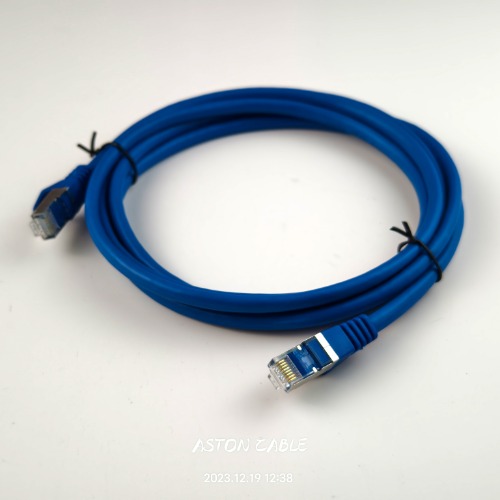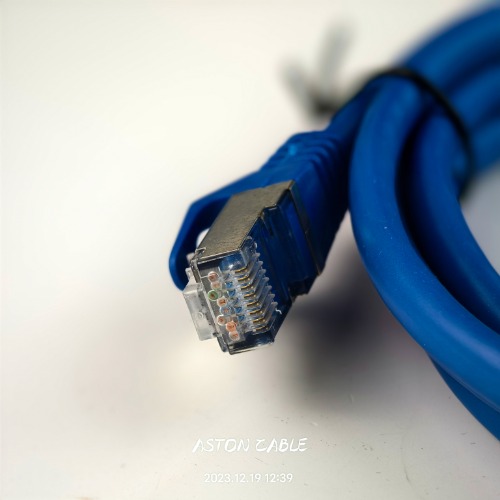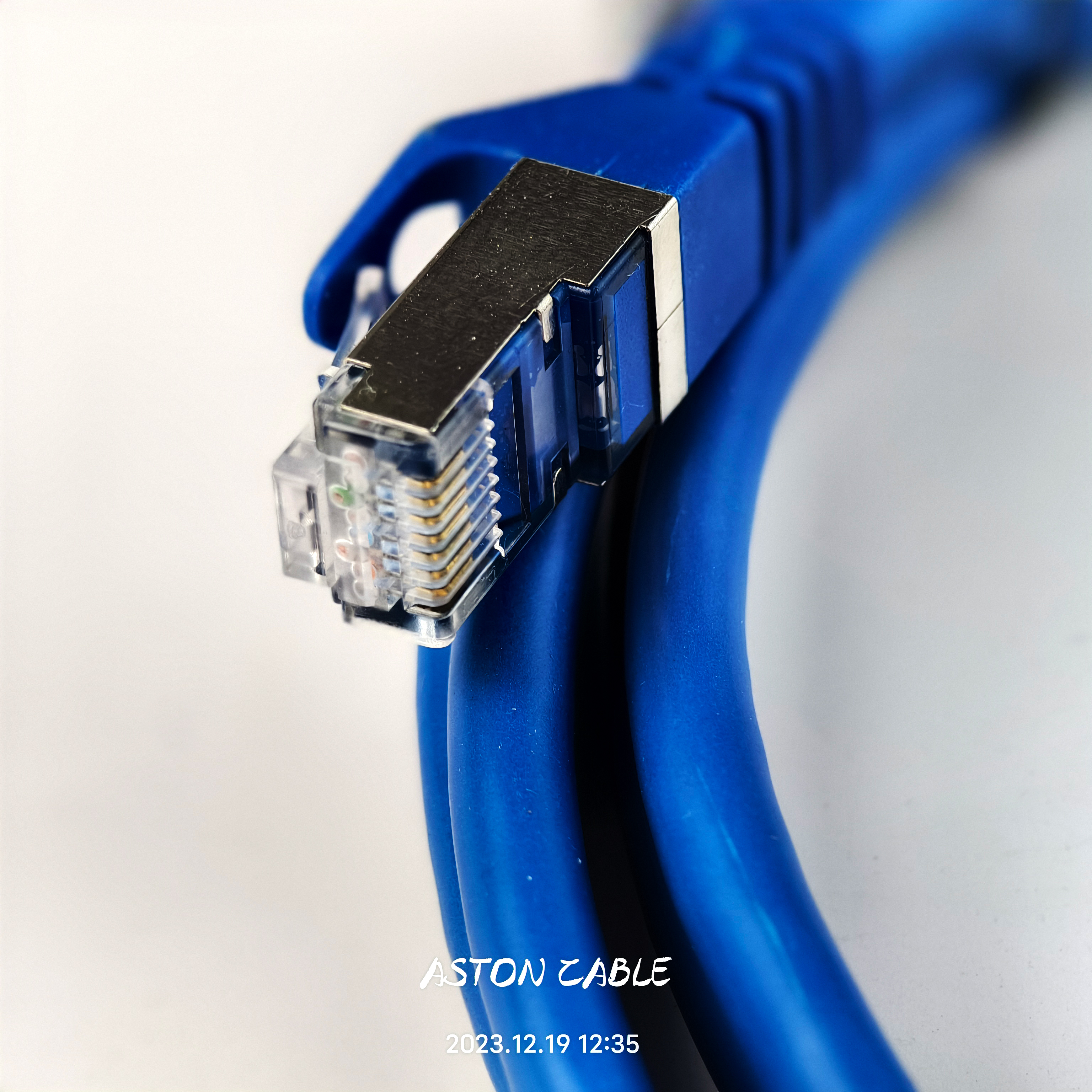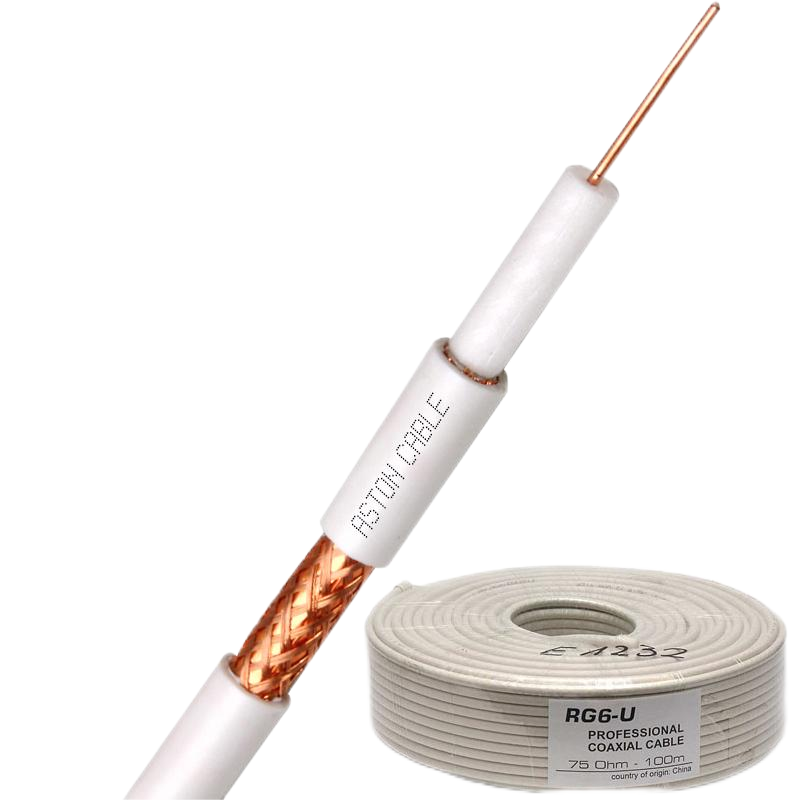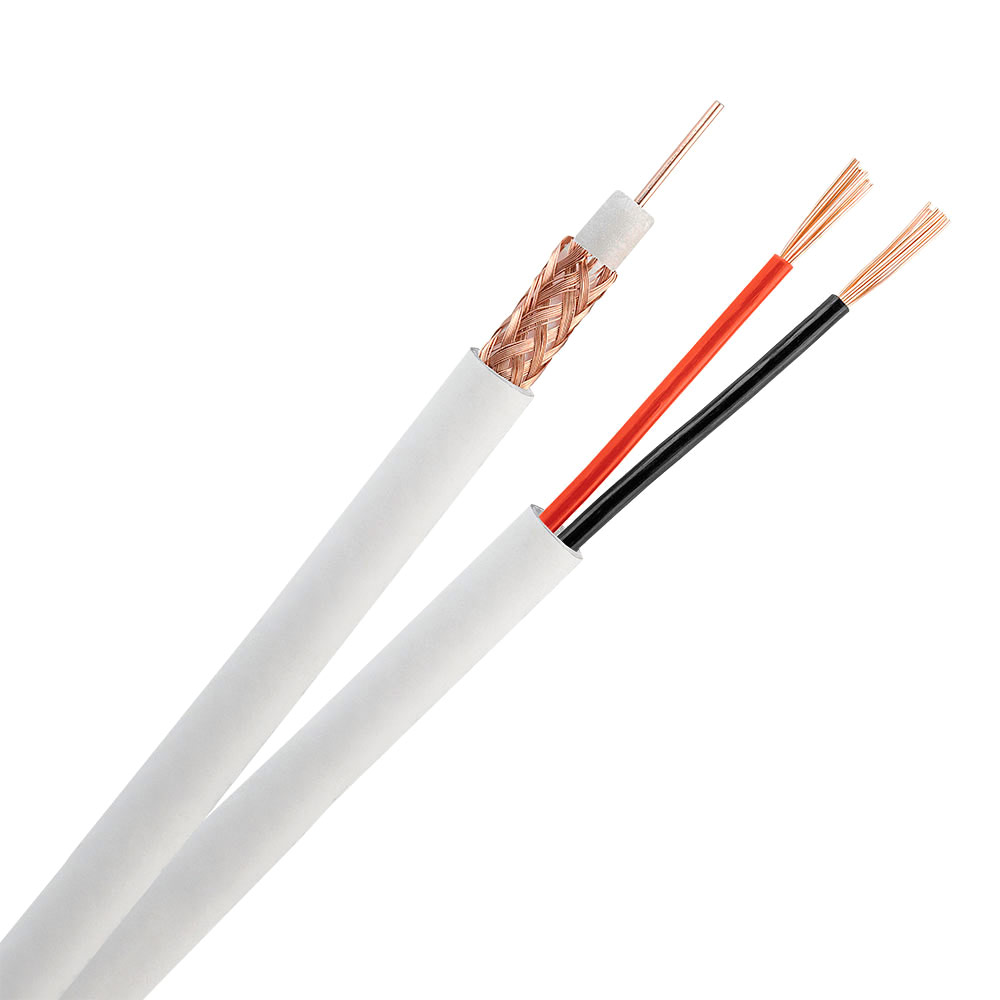Product Main Parameters
| Parameter | Specification |
|---|---|
| Category | Cat6 |
| Conductor Material | Copper/CCA |
| Connector | 8P8C RJ45 |
| Shielding | FTP/SFTP |
| Length Options | 0.5m/1.0m/1.5m/3.0m/5.0m/10.0m |
| Color | Customized |
Common Product Specifications
| Specification | Detail |
|---|---|
| Operating Temperature | -20°C to 60°C |
| Compliance | RoHS, CE, ISO9001, IEC |
| Daily Output | 200KM |
| MOQ | 2000 PCS |
Product Manufacturing Process
The manufacturing process of Cat6 cables begins with the selection of high-quality copper or copper-clad aluminum (CCA) conductors. These conductors are then twisted into pairs to reduce crosstalk and electromagnetic interference. Shielding is added for FTP and SFTP cables by wrapping each pair or the entire cable with a layer of aluminum foil or braided mesh. The cables are then jacketed with PVC or other materials, providing protection against physical damage. Advanced manufacturing machines and rigorous testing ensure compliance with international standards such as ISO9001, CE, and RoHS. This meticulous process guarantees reliable performance and durability.
Product Application Scenarios
Cat6 cables are essential in various application scenarios. In home and office environments, they are used to connect computers, servers, switches, and routers, providing high-speed Ethernet connectivity. In telecommunications, Cat6 cables support VoIP systems, enhancing communication clarity and reliability. They are also crucial in audio and video systems, used in structured cabling to transmit signals for home theaters or video conferencing. In industrial automation, Cat6 cables facilitate reliable connections between automated systems, sensors, and controllers, ensuring seamless and efficient operations. These versatile cables are integral to modern, high-performance networking solutions.
Product After-Sales Service
- 24/7 customer support via phone and email
- 1-year warranty for manufacturing defects
- Hassle-free returns and exchanges policy
- Technical support for installation and troubleshooting
Product Transportation
- Standard packaging in coils or spools
- Custom packaging available on request
- Shipping via sea, air, or express courier
- Delivery time: 2-4 weeks depending on location
Product Advantages
- High data transfer rates up to 10 Gbps
- Backward compatibility with Cat5 and Cat5e
- Excellent noise and crosstalk reduction
- Various lengths and colors available
- Compliance with international standards
Product FAQ
- What is the maximum data transfer rate of China Cat6 cable?
The maximum data transfer rate is 10 Gbps at a maximum bandwidth of 250 MHz, typically achievable up to 55 meters. For distances up to 100 meters, Cat6 cables generally support speeds of 1 Gbps.
- Is China Cat6 cable compatible with Cat5 and Cat5e equipment?
Yes, Cat6 cable is backward compatible with Cat5 and Cat5e equipment. However, for optimal performance, it is recommended to use Cat6 connectors.
- What applications are suitable for China Cat6 cable?
Cat6 cables are suitable for Ethernet networks, telecommunications, audio and video transmission, and industrial automation systems.
- What are the shielding options available?
China Cat6 cables come with FTP (Foiled Twisted Pair) and SFTP (Shielded Foiled Twisted Pair) shielding options for enhanced protection against electromagnetic interference.
- What lengths are available for China Cat6 cable?
Standard lengths include 0.5m, 1.0m, 1.5m, 3.0m, 5.0m, and 10.0m. Custom lengths can be requested.
- What colors are available for the jackets?
The jackets are typically made from PVC and can be customized to various colors as per customer requirements.
- What is the daily production capacity?
The daily output for Cat6 cables is approximately 200KM.
- How should China Cat6 cables be installed?
Installation should follow best practices, including maintaining twist ratios and avoiding excessive bending or stretching to prevent performance degradation.
- What are the warranty terms for China Cat6 cable?
We offer a 1-year warranty against manufacturing defects, along with 24/7 customer support and hassle-free returns.
- Can China Cat6 cables be used for outdoor installation?
While Cat6 cables are primarily designed for indoor use, outdoor-rated versions with UV-resistant jackets are available upon request.
Product Hot Topics
- Future-Proofing Your Network with China Cat6 Cable
With the increasing demand for higher data transfer rates and more reliable network performance, investing in Cat6 cable from China is a wise choice. These cables offer a significant improvement over older standards, supporting speeds up to 10 Gbps and reducing crosstalk and noise. Whether for a home network, business setting, or industrial application, Cat6 cables provide the performance and reliability needed for modern data transmission demands.
- Choosing the Right Shielding for Your China Cat6 Cable
When selecting Cat6 cables, it's important to consider the shielding options. FTP (Foiled Twisted Pair) and SFTP (Shielded Foiled Twisted Pair) offer better protection against electromagnetic interference, making them ideal for environments with high electrical noise. Understanding the specific requirements of your installation can help in choosing the right type of shielding to ensure optimal performance.
- Understanding the Importance of Proper Installation for China Cat6 Cable
Proper installation of Cat6 cable is crucial to achieve its full performance potential. Factors such as maintaining the twist ratios, avoiding excessive bending, and using the right connectors can significantly affect data transfer rates and overall network reliability. Following best practices and guidelines will help in maximizing the benefits of your Cat6 cable investment.
- China Cat6 Cable vs. Cat6a: What You Need to Know
While both Cat6 and Cat6a cables offer high performance, there are key differences. Cat6 cables support up to 250 MHz and can handle 10 Gbps for shorter distances, whereas Cat6a supports up to 500 MHz and can maintain 10 Gbps over longer distances. Understanding these differences can help in selecting the right cable for your specific needs, balancing cost and performance requirements effectively.
- Enhancing Your Network Security with China Cat6 Cable
Network security is a growing concern, and using high-quality Cat6 cables with proper shielding can help mitigate risks. The enhanced design of Cat6 cables reduces crosstalk and electromagnetic interference, providing a more secure data transmission environment. Investing in reliable cabling is a step towards safeguarding your network infrastructure.
- The Role of China Cat6 Cable in Industrial Automation
In industrial settings, reliable data transmission is critical for automation systems. Cat6 cables, with their high data transfer rates and noise reduction capabilities, provide the dependable connections needed for sensors, controllers, and other automated equipment. Utilizing Cat6 cables in industrial environments ensures efficient and uninterrupted operations.
- Optimizing Your Home Network with China Cat6 Cable
For home networks, Cat6 cables offer a robust solution for high-speed internet, gaming, and streaming applications. The improved performance over older standards like Cat5e ensures better connectivity and fewer interruptions. Investing in Cat6 cables can enhance your overall home networking experience, providing the bandwidth needed for modern digital lifestyles.
- Evaluating the Cost-Effectiveness of China Cat6 Cable
While there are higher categories such as Cat6a and Cat7, Cat6 cables strike a balance between cost and performance, making them a popular choice for many applications. They offer substantial improvements over Cat5e at a reasonable cost, providing an effective solution for future-proofing network infrastructure without significant investment.
- Customizing Your China Cat6 Cable Solution
Customization options for Cat6 cables, including lengths, colors, and shielding types, allow for tailored solutions to specific needs. Whether for a large-scale enterprise network or a small home setup, having the flexibility to customize your Cat6 cable ensures that you get the exact performance and aesthetic requirements you need.
- The Environmental Impact of China Cat6 Cable Manufacturing
At Aston Cable, we are committed to sustainable manufacturing practices. Our Cat6 cables comply with environmental standards such as RoHS and ISO14001, ensuring that our production processes minimize environmental impact. By choosing our Cat6 cables, you are supporting eco-friendly practices and contributing to a greener future.
Image Description
